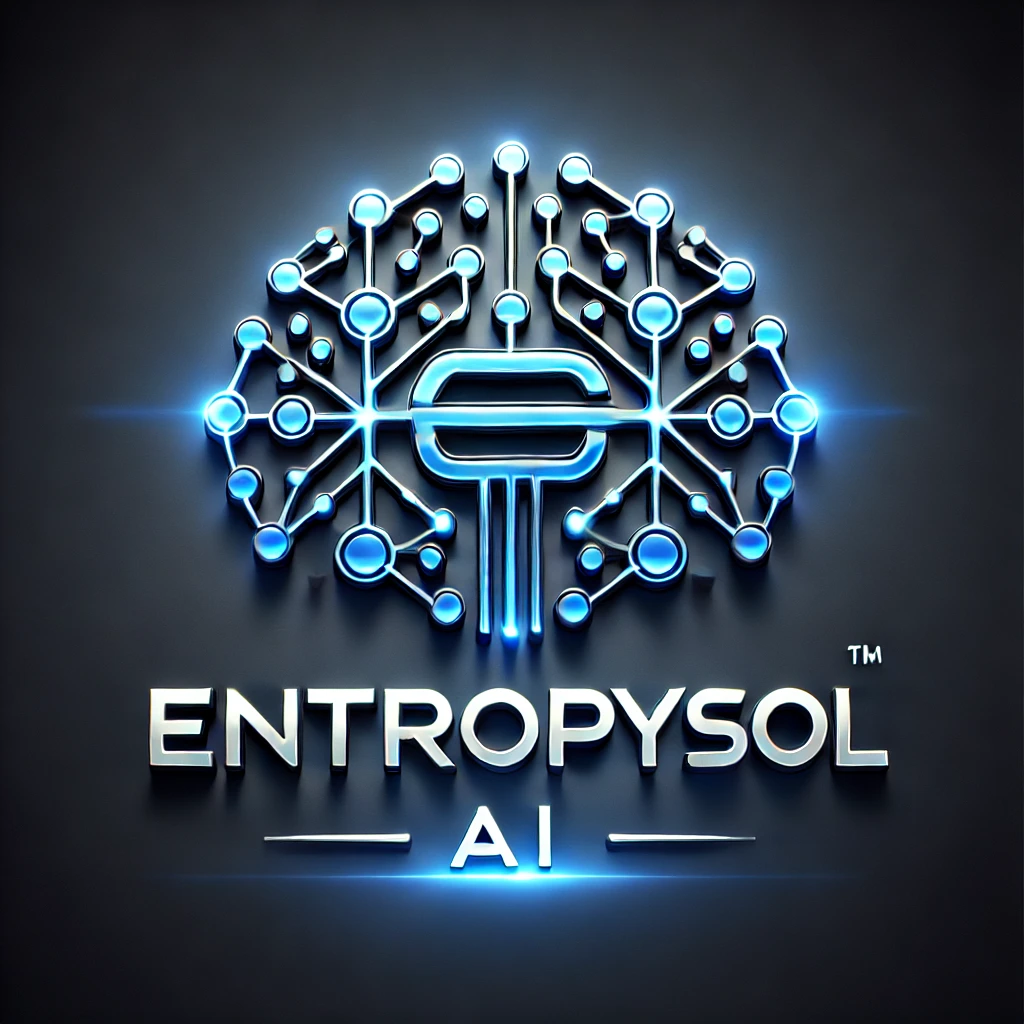At the heart of every powerful neural network lies a sophisticated learning mechanism driven by key concepts: Activation Functions, the challenge of the Vanishing Gradient, and the optimization algorithm known as Gradient Descent. Understanding these components is crucial for grasping how neural networks learn complex patterns and make accurate predictions. Let’s delve into these fundamental building blocks of deep learning.
Activation Functions: The Gatekeepers of Neuron Output
Activation Functions are critical elements within each neuron of a neural network. Positioned at the end of the neuron, they determine whether the neuron should “fire” or activate based on the weighted sum of its inputs. Essentially, they introduce non-linearity into the network. Without non-linear activation functions, a deep neural network would be no more powerful than a simple linear regression model, severely limiting its ability to learn complex relationships in data.
Common types of activation functions include:
- Sigmoid: Squashes values between 0 and 1, often used in binary classification for output layers. Its mathematical form is given by: σ(x)=1+e−x1
- ReLU (Rectified Linear Unit): Outputs the input directly if it is positive, otherwise outputs 0. Popular for its simplicity and efficiency.
- Tanh (Hyperbolic Tangent): Similar to sigmoid but squashes values between -1 and 1.
- Softmax: Converts a vector of raw scores into a probability distribution over multiple classes, typically used in the output layer for multi-class classification.
The choice of activation function significantly impacts the network’s learning capabilities and performance.
The Vanishing Gradient Problem: When Learning Stalls
During the training of deep neural networks, the Vanishing Gradient Problem can pose a significant challenge. This issue arises during the backpropagation process, where the network’s weights are updated based on the error calculated at the output layer. The gradient, which indicates the direction and magnitude of weight adjustments, can become progressively smaller as it propagates backward through the layers of a deep network.
When gradients become extremely small, the weights in the earlier layers receive negligible updates. As a result, these layers learn very slowly or not at all, effectively stalling the learning process and preventing the network from converging to an optimal solution. Activation functions with gradients that tend towards zero (like the sigmoid and tanh functions in certain regions) can exacerbate this problem.
Gradient Descent: Navigating the Loss Landscape
Gradient Descent is a fundamental optimization algorithm used to train neural networks. Its goal is to minimize the loss function, which quantifies the difference between the network’s predictions and the actual target values. Imagine the loss function as a hilly landscape, and the goal is to reach the lowest point (the minimum loss).
Gradient Descent works iteratively by adjusting the network’s weights. A simplified update rule for a weight w can be expressed as: wnew=wold−α⋅∂w∂L where:
- wnew is the updated weight.
- wold is the current weight.
- α (alpha) is the learning rate, a crucial hyperparameter that determines the size of the steps taken towards the minimum.
- ∂w∂L is the partial derivative of the loss function L with respect to the weight w, representing the gradient.
Different variations of gradient descent exist, such as stochastic gradient descent (SGD), which updates weights based on individual data points, and Adam, an adaptive optimization algorithm that adjusts the learning rate for each weight.
Why These Concepts Matter for AI Development
Understanding activation functions, the vanishing gradient problem, and gradient descent is essential for anyone working with neural networks. Choosing the right activation functions can improve learning efficiency and prevent gradient issues. Being aware of the vanishing gradient problem helps in designing effective network architectures and selecting appropriate optimization techniques. Gradient descent is the workhorse of neural network training, and mastering its nuances is key to building high-performing AI models. By grasping these core concepts, developers can effectively train deep learning models to tackle complex real-world problems.
